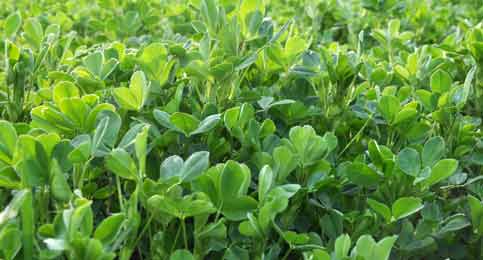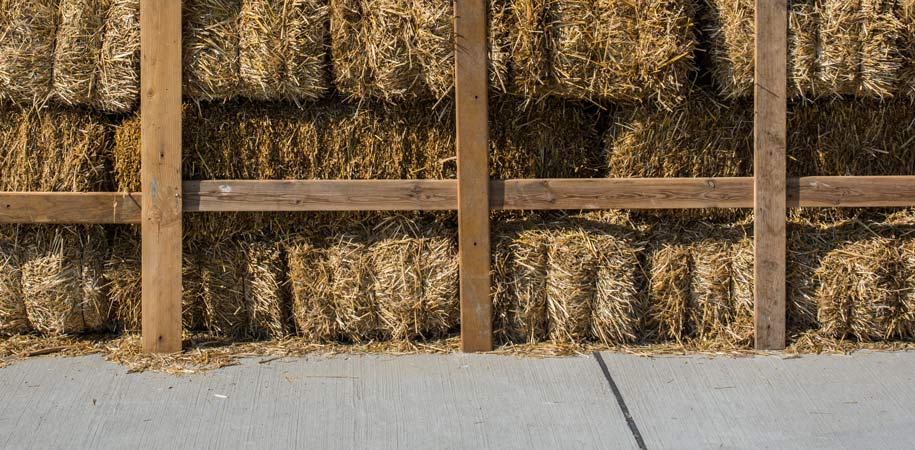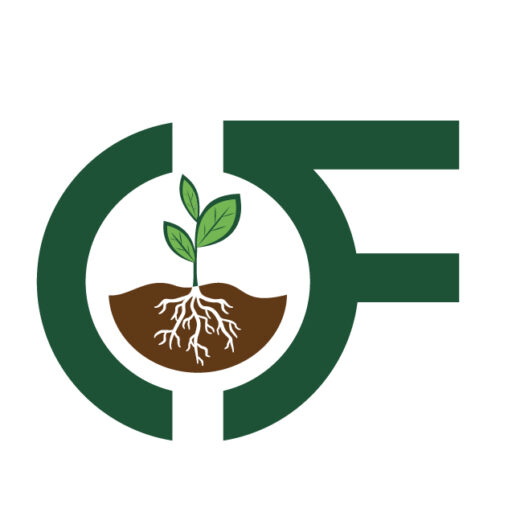Alfalfa (Medicago sativa) is a perennial forage legume widely utilized in animal nutrition due to its high nutritive value and adaptability to various climatic conditions. This paper reviews the nutritional components, agricultural practices, environmental impacts, and the role of alfalfa hay in animal diets.
The usual alfalfa hay for sale, commonly known as Lucerne in some regions, has been a cornerstone in the field of animal husbandry for centuries. Its ability to fix atmospheric nitrogen, coupled with a robust nutritional profile, makes it an attractive crop for sustainable farming and livestock feeding.

(Alfalfa)
Nutritional Profile of Alfalfa Grass Hay
Alfalfa hay is renowned for its high protein content, typically ranging from 15-22%. It is also a rich source of vitamins (particularly Vitamin A), minerals (including calcium, phosphorus, and potassium), and essential amino acids. The fiber content, while lower than grass hays, is significant and beneficial for digestive health in livestock.
Agricultural Practices
Alfalfa thrives in well-drained soils with a neutral to slightly alkaline pH, a fact that underscores its adaptability and resilience across diverse climates. However, to unlock its full potential, alfalfa cultivation necessitates meticulous attention to irrigation, ensuring optimal yields and quality.
In crafting content tailored for agricultural enthusiasts and farmers alike, it’s imperative to emphasize the significance of harvest timing in alfalfa management. The first cutting, typically timed during the early bloom stage, holds paramount importance as it maximizes not only nutrient density but also palatability, crucial factors for both livestock nutrition and overall yield.
By incorporating targeted keywords such as “well-drained soils,” “optimal yields,” and “harvest timing,” we bolster our content’s relevance and visibility within the agricultural community. This strategic approach not only attracts organic traffic but also positions our content as a go-to resource for alfalfa cultivation best practices.
Environmental Impact
Alfalfa, as a leguminous crop, plays a pivotal role in fostering ecological health. Its ability to fix nitrogen enriches soil fertility, diminishing reliance on synthetic fertilizers and mitigating environmental harm.
Moreover, alfalfa’s cultivation promotes soil structure improvement and fosters biodiversity, essential components of resilient agro-ecosystems. These inherent benefits underscore alfalfa’s significance beyond its role as a livestock feed.
However, it’s crucial to address environmental challenges associated with alfalfa production, notably water consumption for irrigation and potential pesticide use. By acknowledging these challenges, we demonstrate a commitment to responsible agricultural practices and environmental stewardship.
Incorporating strategic keywords such as “nitrogen fixation,” “soil enrichment,” and “environmental management” ensures our content resonates with environmentally conscious audiences seeking sustainable farming solutions. By advocating for mindful water usage and pesticide management, we position ourselves as thought leaders in sustainable agriculture, driving engagement and fostering positive change within the industry.
Role in Animal Diets
Renowned for its exceptional protein and calcium content, alfalfa hay stands as a cornerstone of nutrition for lactating animals and those experiencing growth stages. This key insight serves as a beacon for livestock owners and enthusiasts seeking optimal dietary choices for their cherished animals.
Notably, alfalfa hay emerges as an exemplary choice for rabbits due to its digestibility. This discerning feature positions alfalfa hay as a top-tier option for rabbit owners aiming to provide their pets with a nourishing and easily digestible diet.
However, the richness of alfalfa hay necessitates prudent rationing to mitigate potential health concerns. For ruminants, such as cattle and goats, overconsumption may lead to bloating, while horses may be prone to excessive weight gain if not carefully managed. By highlighting these considerations, we empower livestock owners with the knowledge needed to make informed dietary decisions for their animals’ well-being.
By integrating strategic keywords like “high protein,” “calcium-rich,” and “digestible,” our content resonates with targeted audiences seeking premium feed options for their animals. Through comprehensive insights and actionable advice, we establish ourselves as the foremost authority in livestock nutrition, driving traffic and engagement while fostering trust and loyalty within the agricultural community.

(Hay storage.)
Storage and Handling
Proper storage of alfalfa hay is vital to preserve its nutritional value. It should be stored in dry conditions to prevent mold growth and spoilage. Appropriate harvesting and baling practices are critical to minimize leaf loss, which contains a significant portion of the protein and vitamins.
Alfalfa hay is a nutritionally rich forage that plays a vital role in livestock nutrition. Its cultivation can be integrated into sustainable agricultural practices, benefiting both farm productivity and environmental health. Future research should focus on optimizing irrigation practices, pest management, and genetic improvements to enhance its sustainability and yield.

